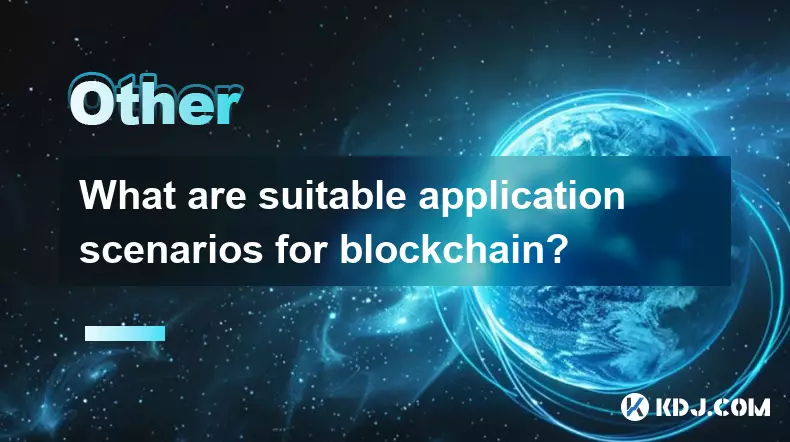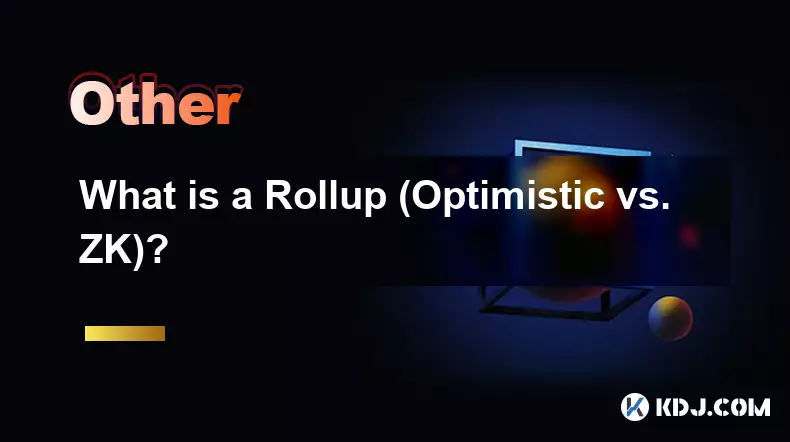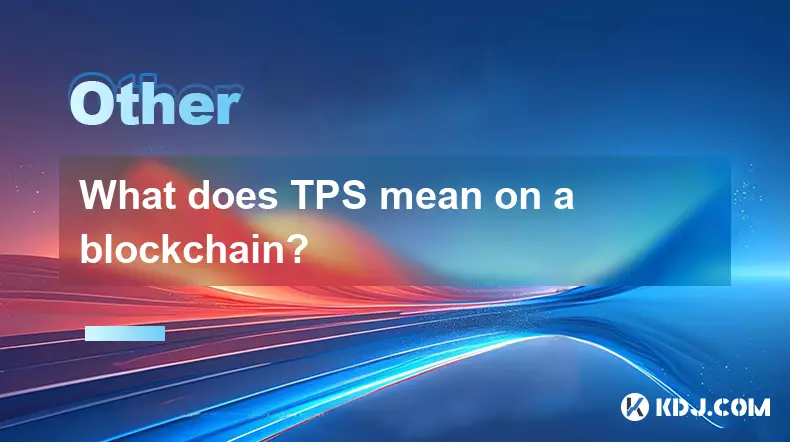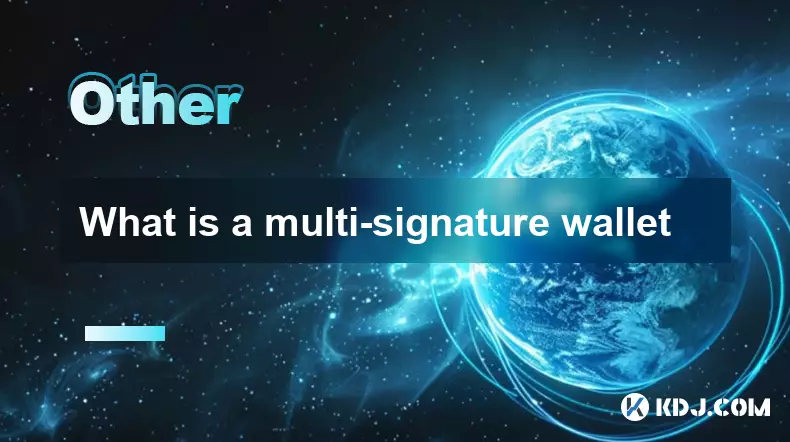-
 bitcoin
bitcoin $122090.672462 USD
1.59% -
 ethereum
ethereum $4493.758974 USD
0.56% -
 xrp
xrp $3.033145 USD
0.65% -
 tether
tether $1.000629 USD
0.00% -
 bnb
bnb $1169.854250 USD
7.07% -
 solana
solana $230.954786 USD
-0.19% -
 usd-coin
usd-coin $0.999785 USD
0.00% -
 dogecoin
dogecoin $0.256108 USD
-1.12% -
 tron
tron $0.342333 USD
-0.12% -
 cardano
cardano $0.859632 USD
-0.10% -
 hyperliquid
hyperliquid $48.932146 USD
-2.25% -
 chainlink
chainlink $22.345466 USD
-1.29% -
 ethena-usde
ethena-usde $1.000217 USD
-0.03% -
 avalanche
avalanche $31.203456 USD
1.93% -
 sui
sui $3.579145 USD
1.05%
How does blockchain technology ensure security?
Blockchain's decentralized, cryptographic design ensures data integrity and tamper resistance, making it highly secure against fraud and unauthorized alterations.
Sep 03, 2025 at 06:36 pm

Decentralized Architecture and Data Integrity
1. Blockchain operates on a decentralized network of nodes, meaning no single entity controls the entire system. This distribution eliminates central points of failure that hackers often target.
2. Each block contains a cryptographic hash of the previous block, creating a chronological and unbreakable chain. Altering any single block would require changing every subsequent block across all copies of the ledger, a task that is computationally infeasible.
3. Transactions are grouped into blocks and verified by consensus mechanisms such as Proof of Work or Proof of Stake before being added. This process ensures that only valid transactions are recorded.
4. Once data is written to the blockchain, it becomes immutable. This permanence protects against tampering and unauthorized modifications, which is crucial for financial and identity-related applications.
5. Public blockchains allow anyone to view transaction history, enabling transparency while maintaining pseudonymity. This openness acts as a deterrent to fraudulent behavior.
Cryptographic Security Measures
1. Every participant in a blockchain network has a pair of cryptographic keys: a public key that serves as an address and a private key used to sign transactions. The private key must remain secret, as it grants control over associated assets.
2. Digital signatures ensure that transactions are authentic and have not been altered in transit. Any change to the transaction data invalidates the signature, preventing forgery.
3. Hash functions like SHA-256 convert input data into fixed-length strings that are unique to the original content. Even a minor change in input produces a completely different hash, making detection of tampering immediate.
4. Merkle trees are used to summarize all transactions in a block. This structure allows efficient and secure verification of large sets of data without needing to process each transaction individually.
5. Encryption protocols protect data transmission between nodes, reducing the risk of interception or man-in-the-middle attacks during communication.
Consensus Mechanisms and Attack Resistance
1. Proof of Work requires miners to solve complex mathematical puzzles, making it expensive and time-consuming to manipulate the blockchain. An attacker would need to control more than 50% of the network's computing power to execute a double-spend attack, a scenario known as a 51% attack.
2. Proof of Stake selects validators based on the number of coins they hold and are willing to 'stake' as collateral. Malicious behavior results in financial penalties, discouraging bad actors.
3. Delegated Proof of Stake improves scalability by allowing token holders to vote for trusted validators. This reduces energy consumption while maintaining security through community oversight.
4. Byzantine Fault Tolerance protocols enable networks to function correctly even if some nodes act maliciously or fail. These models are particularly useful in private or consortium blockchains.
5. Longest chain rule ensures that the version of the blockchain with the most accumulated work is considered valid. This prevents alternative chains from being accepted unless they demonstrate superior computational effort.
Frequently Asked Questions
What prevents someone from stealing my cryptocurrency if they get my public address?A public address alone cannot be used to access funds. Only the corresponding private key can authorize transactions. As long as the private key remains secure, the assets are protected.
Can blockchain be hacked?While individual wallets or exchanges may be compromised due to poor security practices, the blockchain itself is highly resistant to tampering. The decentralized and cryptographic nature makes large-scale attacks impractical on well-established networks.
How do smart contracts impact blockchain security?Smart contracts automate execution based on predefined rules, reducing human error and intermediaries. However, flaws in contract code can lead to exploits. Rigorous auditing and testing are essential before deployment.
What role do nodes play in maintaining security?Nodes validate and relay transactions, ensuring compliance with network rules. Full nodes store the entire blockchain and independently verify all activity, strengthening decentralization and resistance to censorship.
Disclaimer:info@kdj.com
The information provided is not trading advice. kdj.com does not assume any responsibility for any investments made based on the information provided in this article. Cryptocurrencies are highly volatile and it is highly recommended that you invest with caution after thorough research!
If you believe that the content used on this website infringes your copyright, please contact us immediately (info@kdj.com) and we will delete it promptly.
- BlockDAG, DOGE, HYPE Sponsorship: Crypto Trends Shaping 2025
- 2025-10-01 00:25:13
- Deutsche Börse and Circle: A StableCoin Adoption Powerhouse in Europe
- 2025-10-01 00:25:13
- BlockDAG's Presale Buzz: Is It the Crypto to Watch in October 2025?
- 2025-10-01 00:30:13
- Bitcoin, Crypto, and IQ: When Genius Meets Digital Gold?
- 2025-10-01 00:30:13
- Stablecoins, American Innovation, and Wallet Tokens: The Next Frontier
- 2025-10-01 00:35:12
- NBU, Coins, and Crypto in Ukraine: A New Yorker's Take
- 2025-10-01 00:45:14
Related knowledge

What is a token economy?
Sep 20,2025 at 12:18am
Understanding the Foundations of a Token Economy1. A token economy in the context of cryptocurrency refers to a system where digital tokens are used a...

What are suitable application scenarios for blockchain?
Sep 20,2025 at 03:19am
Decentralized Finance (DeFi) Platforms1. Blockchain enables the creation of financial services without centralized intermediaries, allowing users to l...

What is a Rollup (Optimistic vs. ZK)?
Sep 22,2025 at 03:00pm
Understanding Rollups in Blockchain Technology1. Rollups are layer-2 scaling solutions designed to increase transaction throughput on blockchains like...

What is blockchain scalability?
Sep 19,2025 at 06:18am
Understanding Blockchain Scalability1. Blockchain scalability refers to a network's ability to handle an increasing number of transactions without com...

What does TPS mean on a blockchain?
Sep 21,2025 at 09:54am
Understanding TPS in Blockchain Technology1. TPS stands for Transactions Per Second, a metric used to measure the number of transactions a blockchain ...

What is a multi-signature wallet
Sep 20,2025 at 07:00am
Understanding Multi-Signature Wallets in Cryptocurrency1. A multi-signature wallet, often referred to as a multisig wallet, is a type of cryptocurrenc...

What is a token economy?
Sep 20,2025 at 12:18am
Understanding the Foundations of a Token Economy1. A token economy in the context of cryptocurrency refers to a system where digital tokens are used a...

What are suitable application scenarios for blockchain?
Sep 20,2025 at 03:19am
Decentralized Finance (DeFi) Platforms1. Blockchain enables the creation of financial services without centralized intermediaries, allowing users to l...

What is a Rollup (Optimistic vs. ZK)?
Sep 22,2025 at 03:00pm
Understanding Rollups in Blockchain Technology1. Rollups are layer-2 scaling solutions designed to increase transaction throughput on blockchains like...

What is blockchain scalability?
Sep 19,2025 at 06:18am
Understanding Blockchain Scalability1. Blockchain scalability refers to a network's ability to handle an increasing number of transactions without com...

What does TPS mean on a blockchain?
Sep 21,2025 at 09:54am
Understanding TPS in Blockchain Technology1. TPS stands for Transactions Per Second, a metric used to measure the number of transactions a blockchain ...

What is a multi-signature wallet
Sep 20,2025 at 07:00am
Understanding Multi-Signature Wallets in Cryptocurrency1. A multi-signature wallet, often referred to as a multisig wallet, is a type of cryptocurrenc...
See all articles










































































